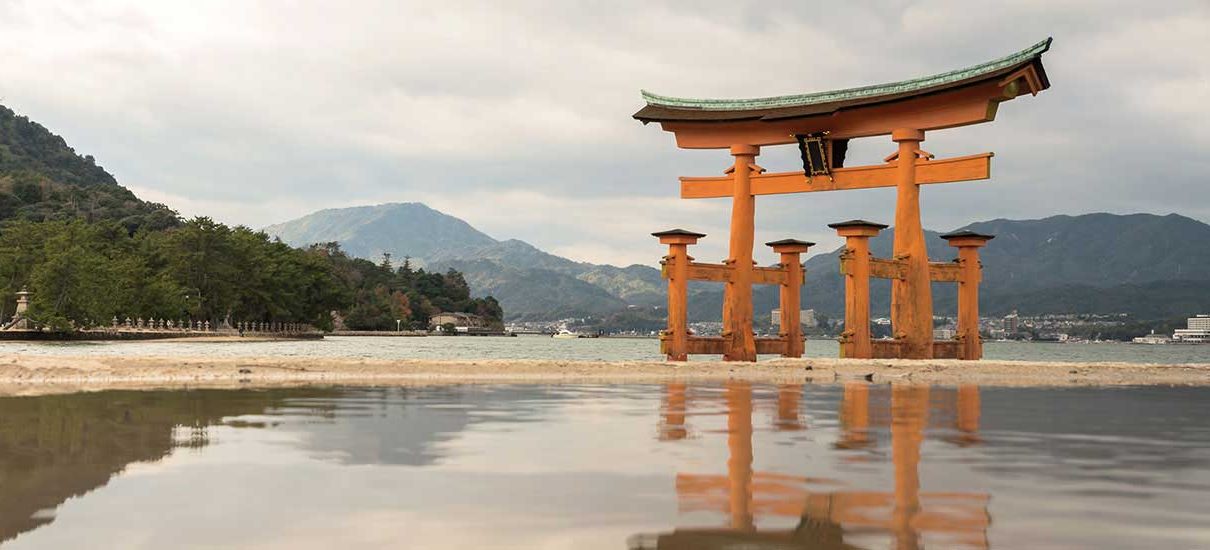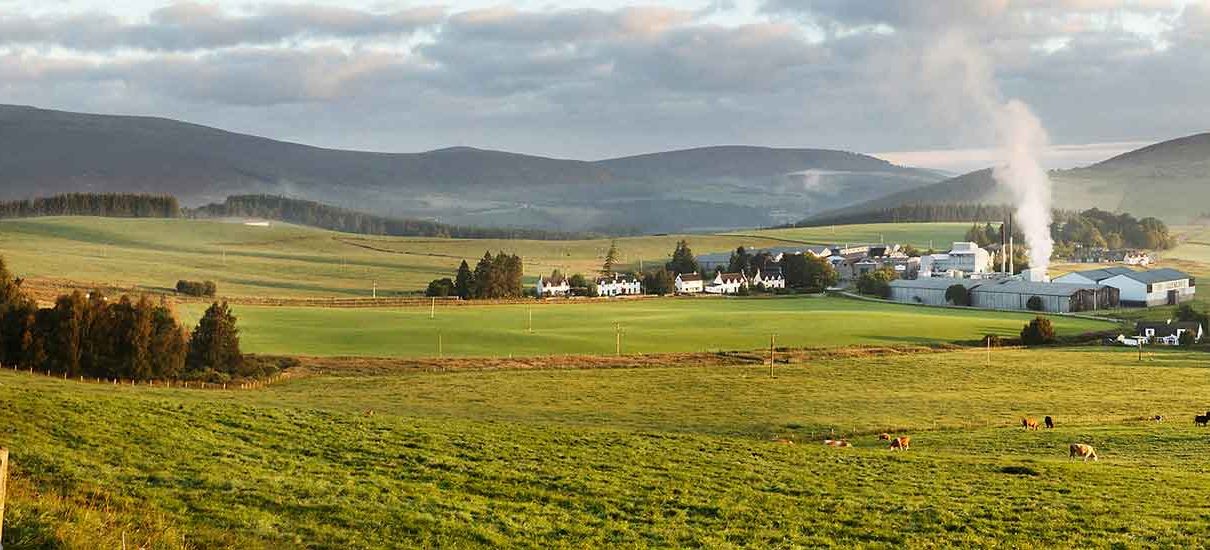
LET’S GO EXPLORING…
Wondering what the different types of whisky are around the world? Let’s break it down.
Navigating the complicated world of whisky can be tricky. Whisky can be defined as the fermentation of grains, distillation and maturation in oak casks, but this loose description leaves plenty of room for creativity. The varied types and flavours of whisky produced around the world attest to this. Whisky is, most famously, produced in Scotland, of course, but also in more than 100 countries, with Ireland, America, Canada and Japan, in particular, having their own unique kinds of whisky.
IRISH WHISKEY
Ireland has made recognizing whisky from different parts of the world a little easier by making its whiskey clearly distinguishable through its spelling. Most whisky is spelled, like it is at The Glenlivet, without an “e”, but whiskey distilled in Ireland, and most whiskey from America, is spelled with an “e”.
More than just terminology is involved, however. The traditional style of Irish whiskey, called pot still, is triple distilled, rather than double distilled like it is for Scotch whisky. It is also made from both malted and unmalted barley. The fresh barley adds a light, delicate, fruity flavour, a characteristic Irish whiskey has now become largely synonymous with.
Ireland also produces malt Irish whiskey, which is made from only malted barley. Then there is grain whiskey, which is made from a cereal other than barley. It also creates blends, which typically combine whiskeys made from grain and barley.
Some of these whiskeys are double distilled and peaty, like some Scotch whiskies. With others the grain is dried over a smokeless heat, giving a more smooth finish. It just goes to show it’s always difficult to generalize.
THE AMERICAS
Knowing your grains is key to unravelling the complicated world of North American whiskies.
By law, American rye whiskey must be distilled from a mash of at least 51% rye, a grass grown extensively as a grain. Other ingredients in the mash are usually corn and malted barley. American rye whiskey is known for its fruity, spicy flavour. Some compare the taste to a whisky from Scotland’s Highland region.
American bourbon, on the other hand, is distilled from at least 51%, and not usually more than 80%, corn. Like most foodstuffs, whiskey evolved around local ingredients and customs, and corn made its way into American whiskey as it was readily available. By law (legislation was put in place to protect jobs in the lumber industry during the Great Depression) bourbon has to be matured in new American oak. The chemical vanillin, found in Quercus Alba, combined with the natural sweetness of corn, makes bourbon noticeably more sugary, floral and perfumed. Whether the extra sugar has made the drinkers more sweet remains up for debate.
Canadian whisky is often called rye whisky as historically it was made from rye. There is no legal requirement to use rye, however, only that the liquor possesses the aroma, taste and character generally attributed to Canadian whisky. So contemporary Canadian whisky often actually contains very little rye – we did warn you it can get complicated – instead relying heavily on corn and wheat. These ingredients, plus maturation in American oak, means that Canadian whisky is, as a broad guide, sweet, spicy and fruity.
“Un whisky The Glenlivet nature, s’il vous plaît.”
-ORDERING THE GLENLIVET IN FRENCH CANADIAN

FAR EAST
Of all the varieties of whisky in the world, Japanese whisky is most closely related to Scotch. Whisky-making knowledge from Speyside and other regions was taken to Japan in the early 1920s, and whisky there is still mainly made from barley imported from Scotland. All of Japan’s distilleries are clustered on Japan’s main, central island of Honshu, except for one on the northernmost island of Hokkaido.
“ザ・グレンリベット一杯お願いします”
ORDERING THE GLENLIVET IN JAPANESE
While Scotch whisky has had hundreds of years to evolve, Japanese whisky has had only decades. The distilleries have managed, however, to develop their own styles quickly, mainly through innovation. The distilleries often use a variety of still shapes and sizes, and experiment with using peated and unpeated barley, different yeast strains, fermentation processes and cut points. They also make use of a range of cask options, including the distinctive ‘mizunara’ or Japanese oak. This variety in production styles makes it hard to generalize, but the prolific use of first-fill casks has given Japanese whisky a tendency to be creamy and spicy.
SCOTCH
As the definition of single malt is that the whisky only contains malted barley from a single distillery, wherever in the world that may be, Japanese whisky and Irish whiskey can be a single malt. Scotch whisky is, however, protected by Geographical Indications (GI) status, so only a whisky made in Scotland can be a Scotch whisky. So while Japanese whisky may have been styled on its Scottish progenitor, for example, it will never reach the lofty heights of being called Scotch. All the whisky produced at The Glenlivet is, of course, pure single malt Scotch.
“Out of all the 110-120 countries making whisky, Scotch is only made in Scotland.
This makes it the most aspirational drink in the world.
The only other drinks that have as much cachet are perhaps Champagne or Cognac.”
-IAN LOGAN, GLOBAL BRAND AMBASSADOR, THE GLENLIVET
The whisky produced in Scotland runs the full range of flavours, from heavily peated and smoky to light and fruity, and even slightly saline in coastal regions. There is almost always sweetness, either in full-blown caramel glory or just the slightest hint of sugar. The large number of Scotch distilleries makes it difficult, and unwise, to make broad generalisations.
It’s a lifetime’s journey to learn and experience all there is know about single malt Scotch. That’s why it’s best to return to the beginning, with a dram of The Glenlivet.
